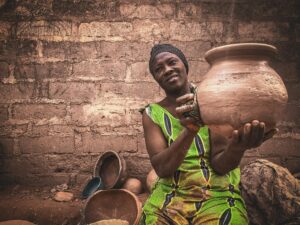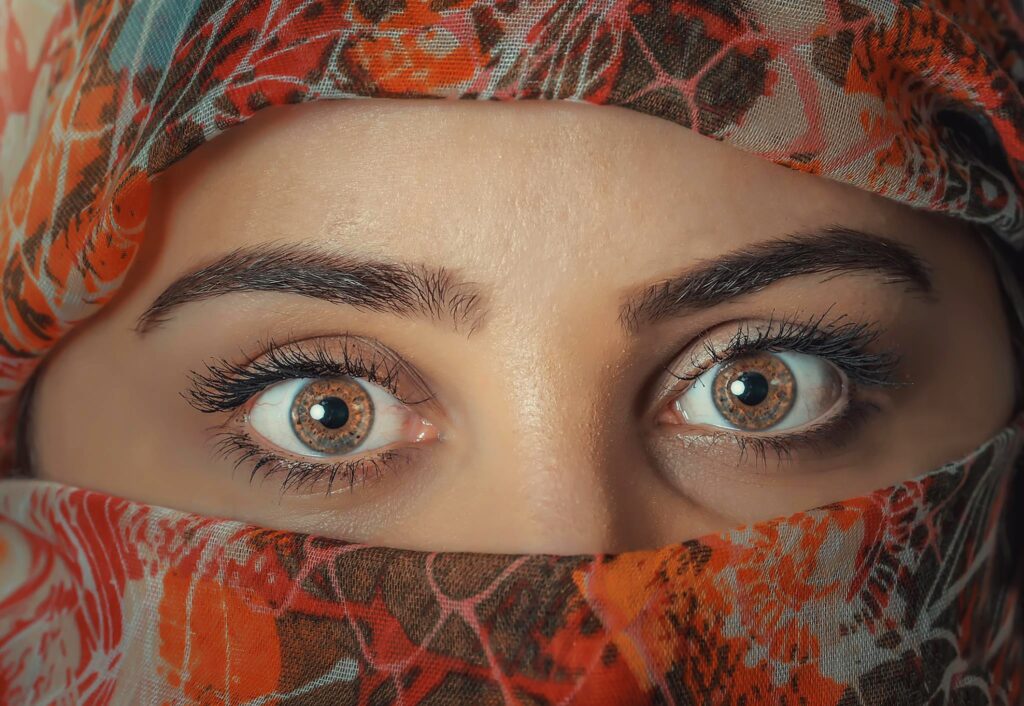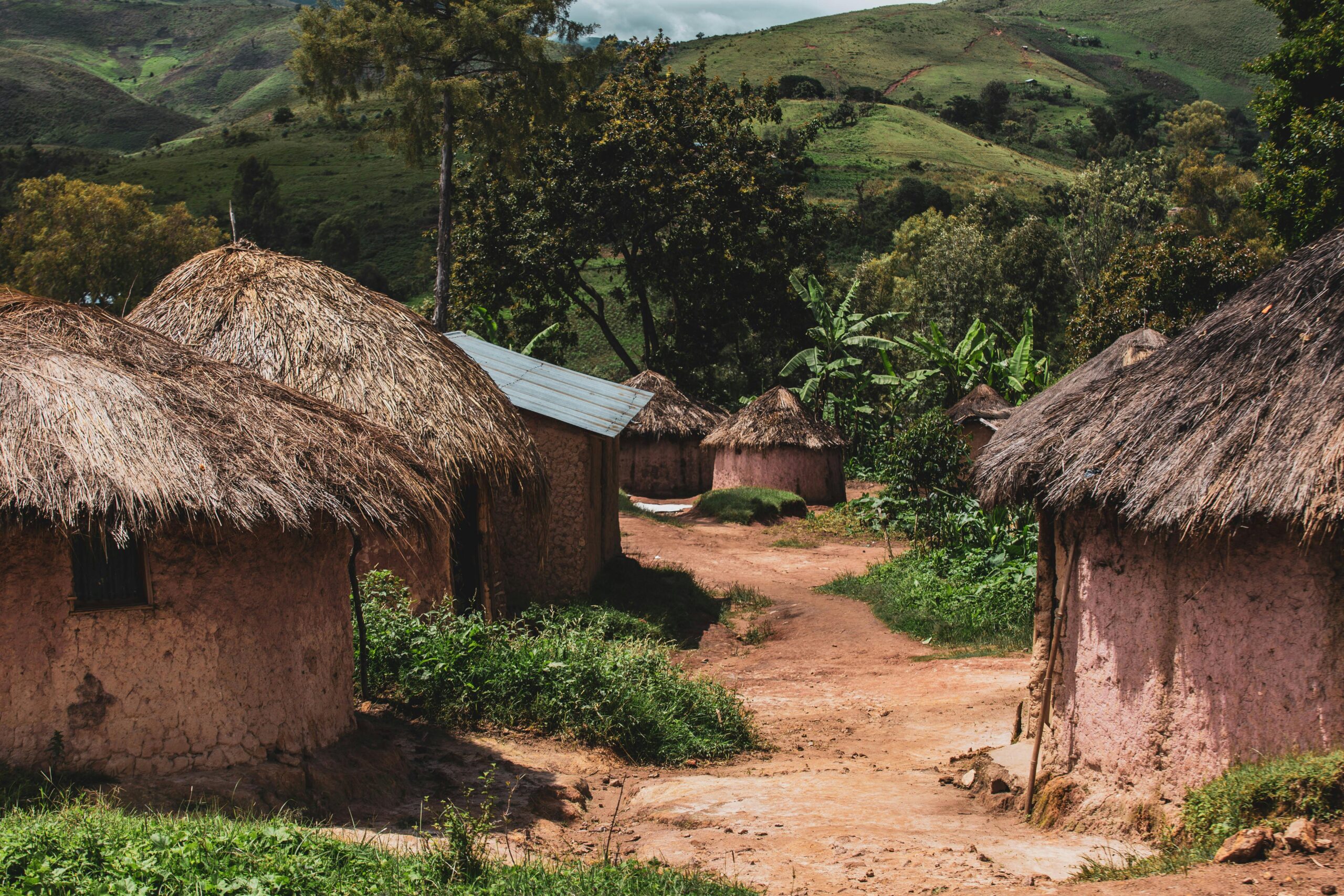The pardah, a veil or curtain, has been an integral part of women’s clothing in India for centuries. It is a symbol of modesty, privacy, and religious beliefs. Women of different religions, castes, and regions in India have practiced pardah in different forms and degrees, depending on the social and cultural norms of their communities. However, in recent times, the practice of pardah has come under scrutiny, with some seeing it as a regressive and oppressive tradition that restricts women’s freedom and agency. But is that the whole truth? In this blog post, we will explore the various meanings and expressions of pardah and how they are being rediscovered and reinterpreted by women in India today.
To understand the significance of pardah, we need to look beyond its physical manifestation as a piece of cloth covering a woman’s face or body. Pardah is a social and cultural construct that defines women’s roles, relationships, and identities in a given context. It is not a static or monolithic concept, but a dynamic and evolving one that reflects the changing realities of women’s lives. Pardah can mean different things to different women, depending on their age, education, occupation, marital status, and personal choices. For some women, pardah is a way of asserting their dignity and self-respect, especially in public spaces where they face harassment and discrimination. For others, pardah is a means of expressing their faith and devotion to God, as in the case of Muslim women who wear the hijab or burqa. For still others, pardah is a fashion statement or a cultural identity marker, as in the case of Rajasthani women who wear the ghagra choli with a veil.
However, the dominant narrative about pardah in India has been that it is a patriarchal and oppressive tradition that deprives women of their agency and autonomy. This view is not entirely unfounded, as there are instances where pardah is imposed on women by their families or communities, without their consent or choice. In such cases, pardah becomes a tool of control and subjugation, denying women the right to education, work, or social interaction. Moreover, pardah can reinforce gender stereotypes and discrimination, by portraying women as passive, submissive, and inferior to men. It can also create a sense of alienation and isolation for women who are forced to live in seclusion or behind closed doors.
However, the reality of pardah in India today is more complex and diverse than the binary of liberation or oppression. Many women are rediscovering and reinterpreting pardah in ways that challenge the traditional norms and values associated with it. They are using pardah as a tool of empowerment and resistance, rather than a symbol of subordination and conformity. For example, some women are using pardah to create a space of privacy and intimacy for themselves and their families, as a way of asserting their control over their bodies and relationships. They are using pardah to negotiate and navigate the conflicting demands of tradition and modernity, by adapting and modifying the practice to suit their needs and aspirations.
Moreover, some women are using pardah to make a political statement or to assert their identity in a pluralistic society. They are reclaiming pardah as a cultural heritage and a marker of their belongingness to a particular community or region. They are challenging the dominant narrative that portrays pardah as a symbol of backwardness or religious fundamentalism, by asserting their agency and creativity in designing and wearing pardah in innovative ways. They are using social media and other platforms to showcase their fashion and style, and to connect with other women who share their vision of pardah as a form of self-expression and pride.
In conclusion, the practice of pardah in India today is a complex and dynamic phenomenon that challenges the simplistic stereotypes and assumptions about women’s agency and empowerment. While there are instances where pardah is imposed on women as a form of control and subjugation, there are also women who are using pardah as a means of self-expression, resistance, and identity assertion. These women are not passive victims of tradition or patriarchy, but active agents who are negotiating and reinterpreting pardah in creative and meaningful ways. They are exploring the possibilities and limits of pardah, and shaping its meanings and expressions according to their own values and aspirations.









